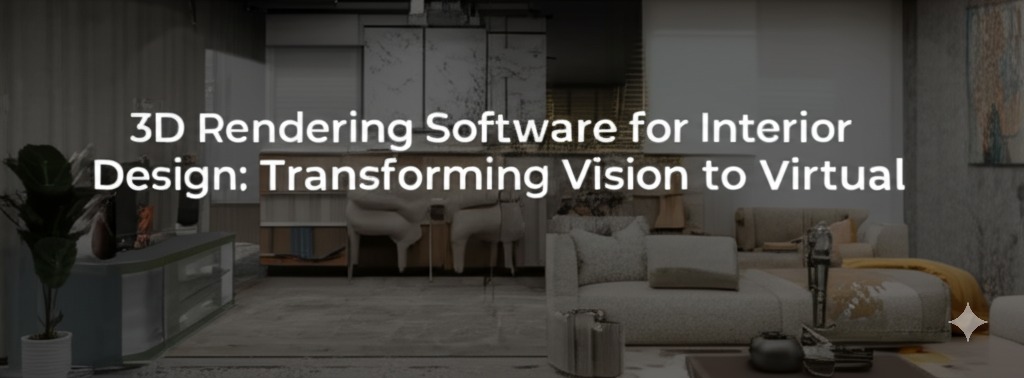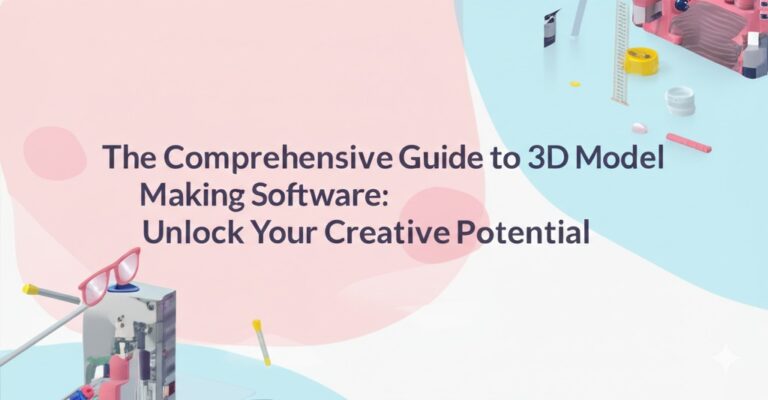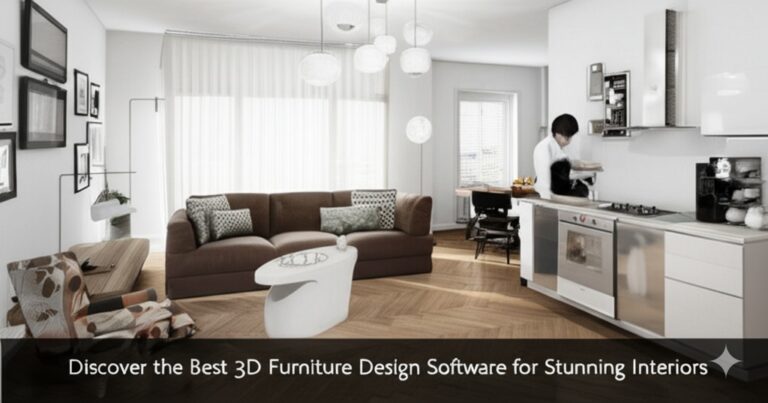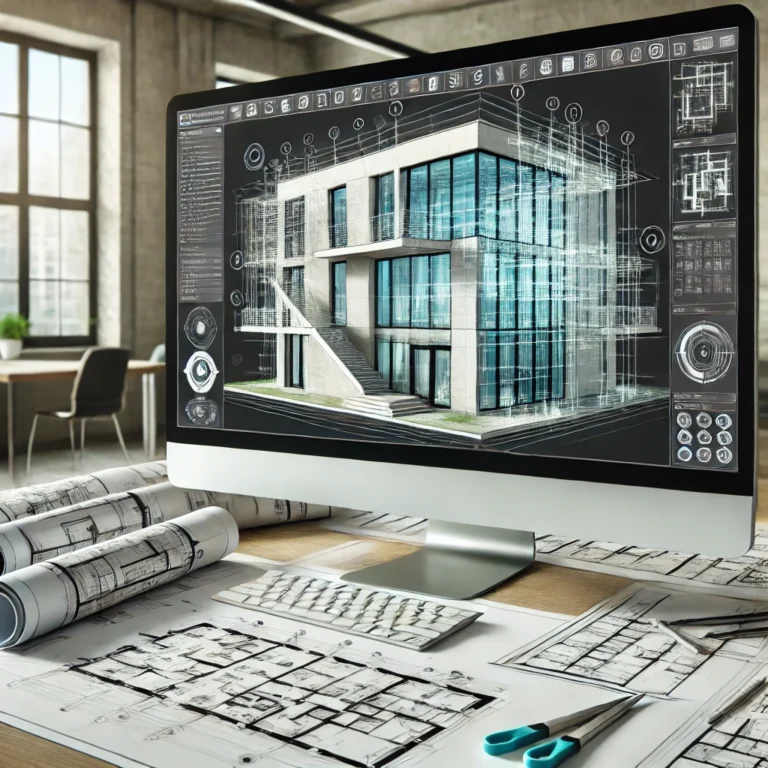3D Rendering Software for Interior Design: Transforming Vision into Virtual Reality
Interior design has always been about bringing imagination to life—but in today’s digital world, that process starts on a screen. 3D rendering software for interior design is revolutionizing how professionals and DIY enthusiasts visualize spaces before lifting a finger. From hyper-realistic models to immersive walkthroughs, these tools allow designers to perfect their vision and impress clients from the very beginning.
But with so many options available, choosing the right software can feel overwhelming. In this guide, we’ll break down the benefits of 3D rendering, explore top tools, and help you find the best fit for your design needs.
Why Use 3D Rendering in Interior Design?
Enhance Visualization
Traditional sketches and mood boards can only go so far. 3D rendering brings ideas to life, showcasing layout, lighting, textures, and furniture in a realistic, digital space. This helps both designers and clients see the final product—before making costly decisions.
Improve Client Communication
It’s easier to explain design choices when you can show them. High-quality renders let clients virtually walk through a room, making feedback more efficient and meaningful.
Save Time and Money
By spotting design flaws early, 3D rendering reduces revisions and helps avoid expensive mistakes. It also streamlines the approval process, keeping projects on track.
Key Features to Look for in 3D Rendering Software
When comparing interior design rendering tools, consider these essential features:
- Photorealistic rendering – Real-life visuals with accurate lighting and shadows
- Material libraries – Access to pre-made textures, furniture, and finishes
- User-friendly interface – Easy navigation and learning curve
- Integration with design software – Compatibility with tools like SketchUp, AutoCAD, or Revit
- VR/AR capabilities – For immersive client experiences
Top 3D Rendering Software for Interior Designers
1. SketchUp + V-Ray
SketchUp is a favorite among interior designers for its intuitive modeling. Pair it with V-Ray, a powerful rendering engine, and you get ultra-realistic visuals.
Best for: Designers who want detailed control with professional-level output
Pros:
- Extensive plugin ecosystem
- Strong community and support
- High-quality renderings
Cons:
- Slight learning curve
- V-Ray license adds cost
2. Autodesk 3ds Max
Trusted by architecture and design firms, 3ds Max is an advanced software offering robust modeling and rendering features.
Best for: Experienced designers working on large-scale or complex projects
Pros:
- Unmatched rendering precision
- Massive asset library
- Ideal for animations and walkthroughs
Cons:
- Steep learning curve
- Expensive subscription
3. Lumion
Known for its real-time rendering, Lumion turns CAD models into beautiful visualizations quickly. It’s beginner-friendly and offers drag-and-drop materials and lighting.
Best for: Quick, high-quality results without a steep learning curve
Pros:
- Fast rendering times
- Easy-to-use interface
- Realistic outdoor lighting effects
Cons:
- Less detailed than 3ds Max
- Windows-only
4. Blender
If you’re on a budget, Blender is a powerful open-source alternative. Though it’s widely used in animation and VFX, many interior designers love its capabilities for architectural rendering.
Best for: Designers seeking a free yet powerful solution
Pros:
- 100% free and open source
- Strong community and tutorials
- Great for animation and visual effects
Cons:
- Not focused solely on interior design
- Takes time to master
5. Enscape
Enscape integrates directly with tools like Revit, SketchUp, and Rhino, allowing real-time rendering without exporting files.
Best for: Designers who want seamless integration with BIM tools
Pros:
- Real-time updates as you design
- Simple user interface
- Great VR compatibility
Cons:
- Requires a compatible GPU
- Focused more on architectural than interior details
Tips for Choosing the Right Rendering Software
Still unsure which tool is right for you? Consider the following:
- Skill Level: Beginners may prefer Lumion or SketchUp, while pros might lean toward 3ds Max or Blender.
- Project Type: Residential spaces may not need the depth required for commercial designs.
- Budget: Free options like Blender can offer surprising power, while premium tools come with more robust support.
- Workflow Compatibility: Choose a tool that plays well with your existing design software to avoid workflow disruption.
Future of Interior Design: Virtual and Augmented Reality
The rise of VR and AR in interior design is pushing 3D rendering into exciting new territory. Clients can now explore spaces virtually or even overlay design elements onto their real environments using smartphones or headsets. Tools like Enscape and Unity are paving the way for fully immersive interior design experiences.
Final Thoughts
3D rendering software for interior design has transformed the way we create, present, and experience interior spaces. Whether you’re an industry professional or a design enthusiast, the right software can elevate your work from concept to compelling reality.

Zain Jacobs is a writer for TheNetUse, providing in-depth reviews, tips, and insights on the latest software apps to help users maximize their digital experience.






